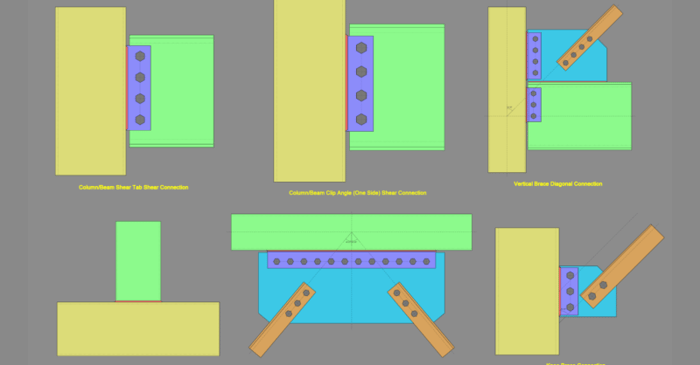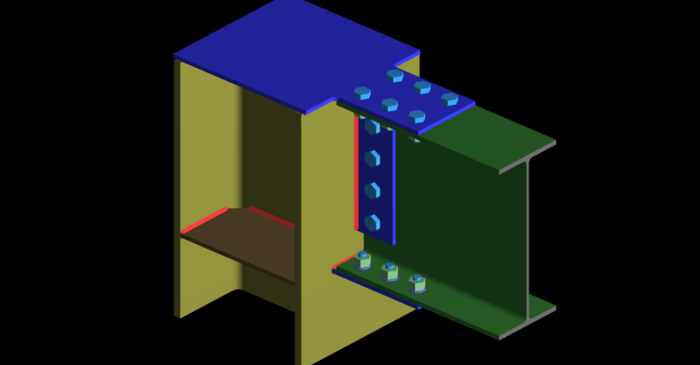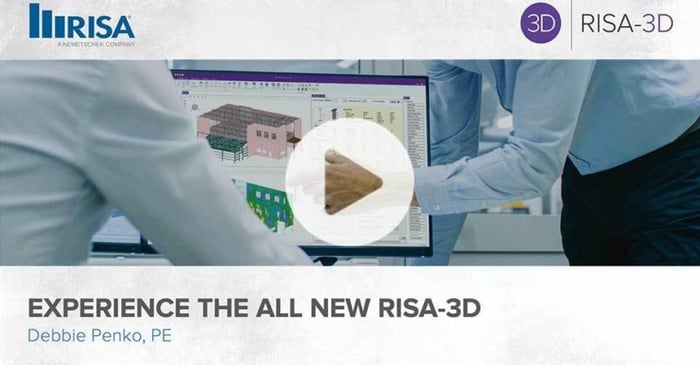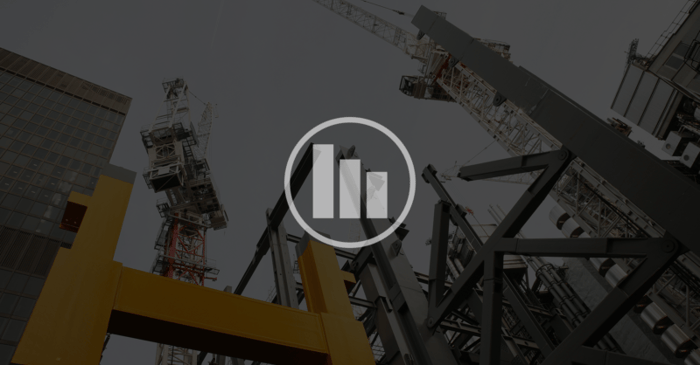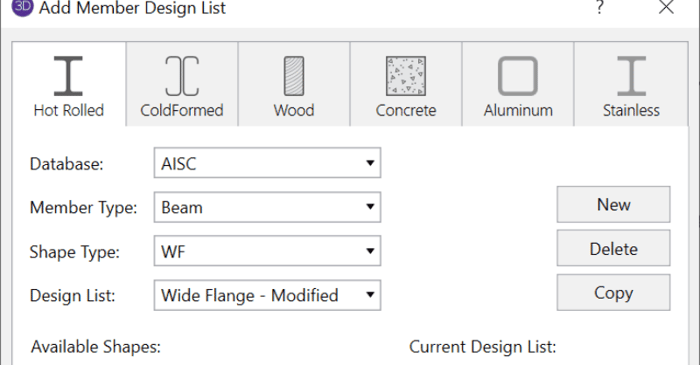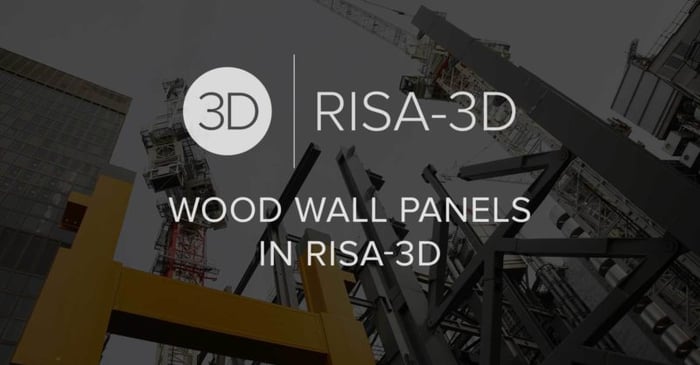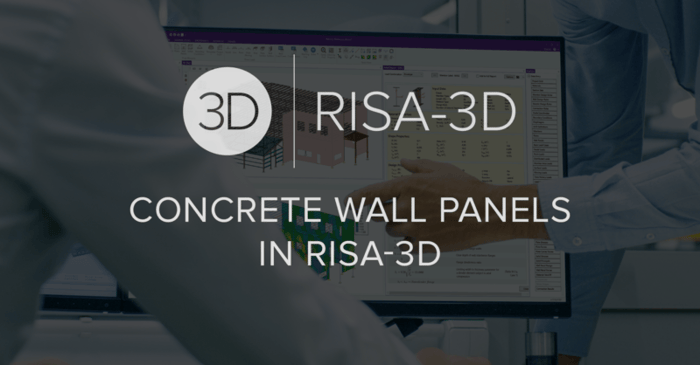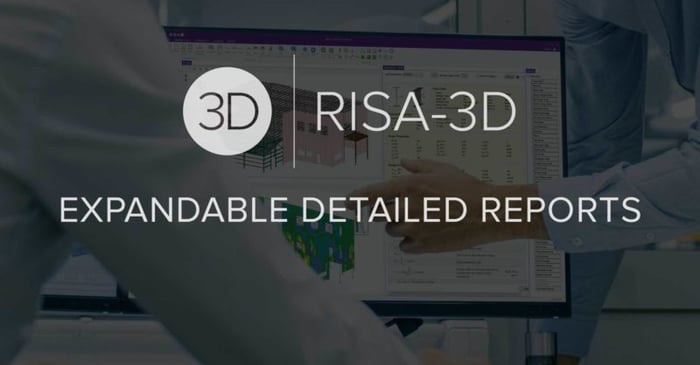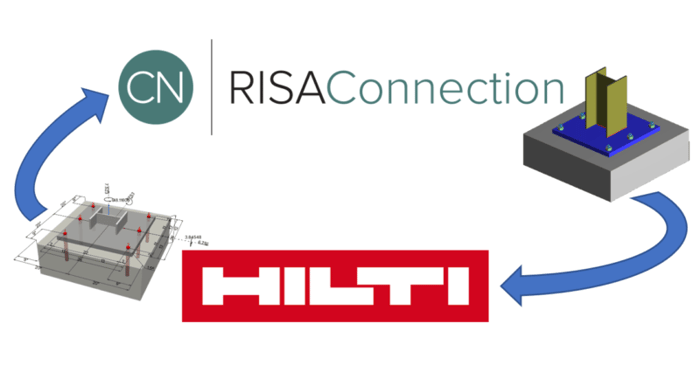
January 30, 2020
Added Anchorage Design, Including Pullout Using Hilti PROFIS…
RISAConnection v11 has added the ability to export base plate connections as well as reactions directly to Hilti PROFIS Engineering for anchorage design. Within Hilti Profis, engineers can check anchor strength, anchor pullout, concrete breakout and concrete pryout according to ACI 318 in order to...




